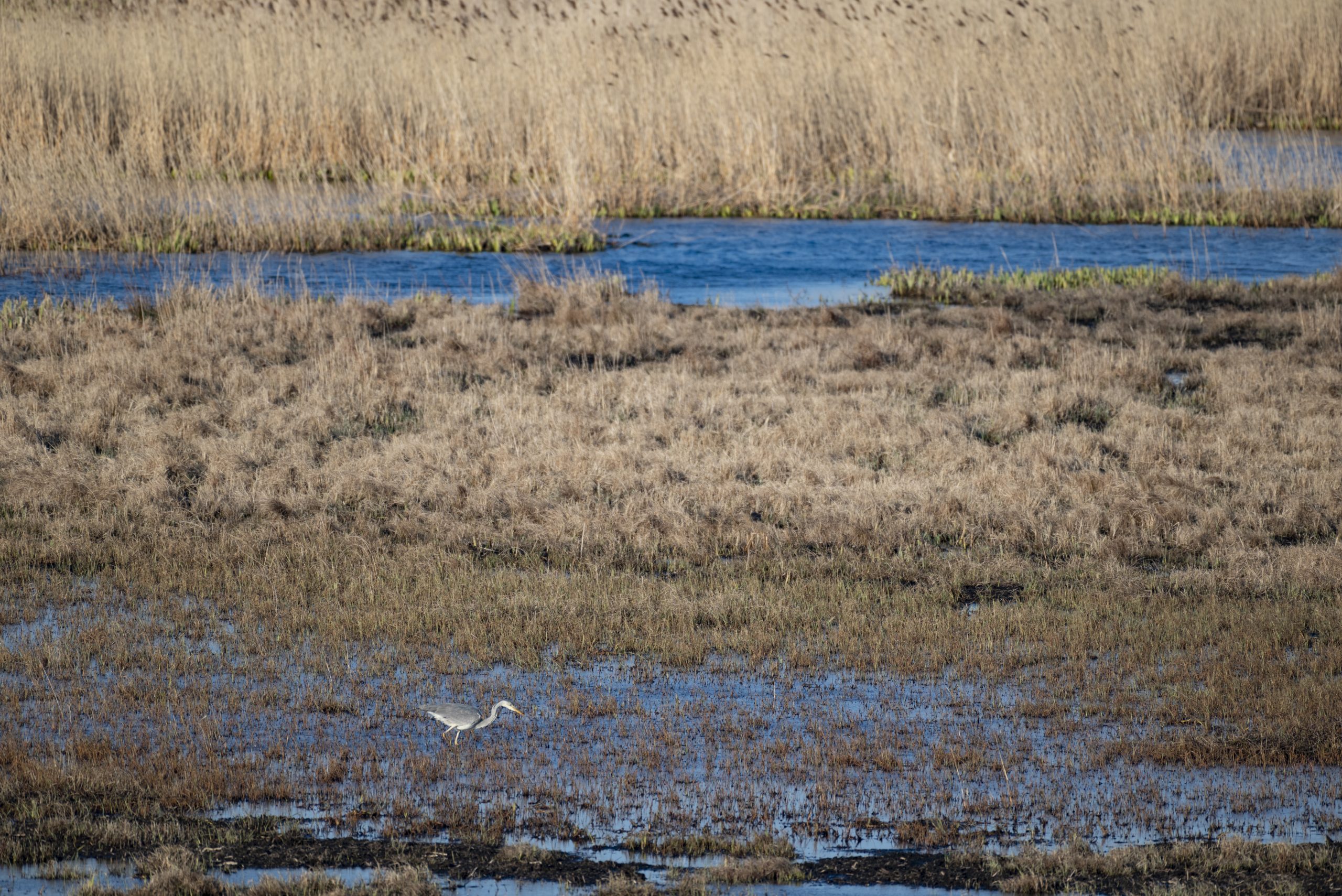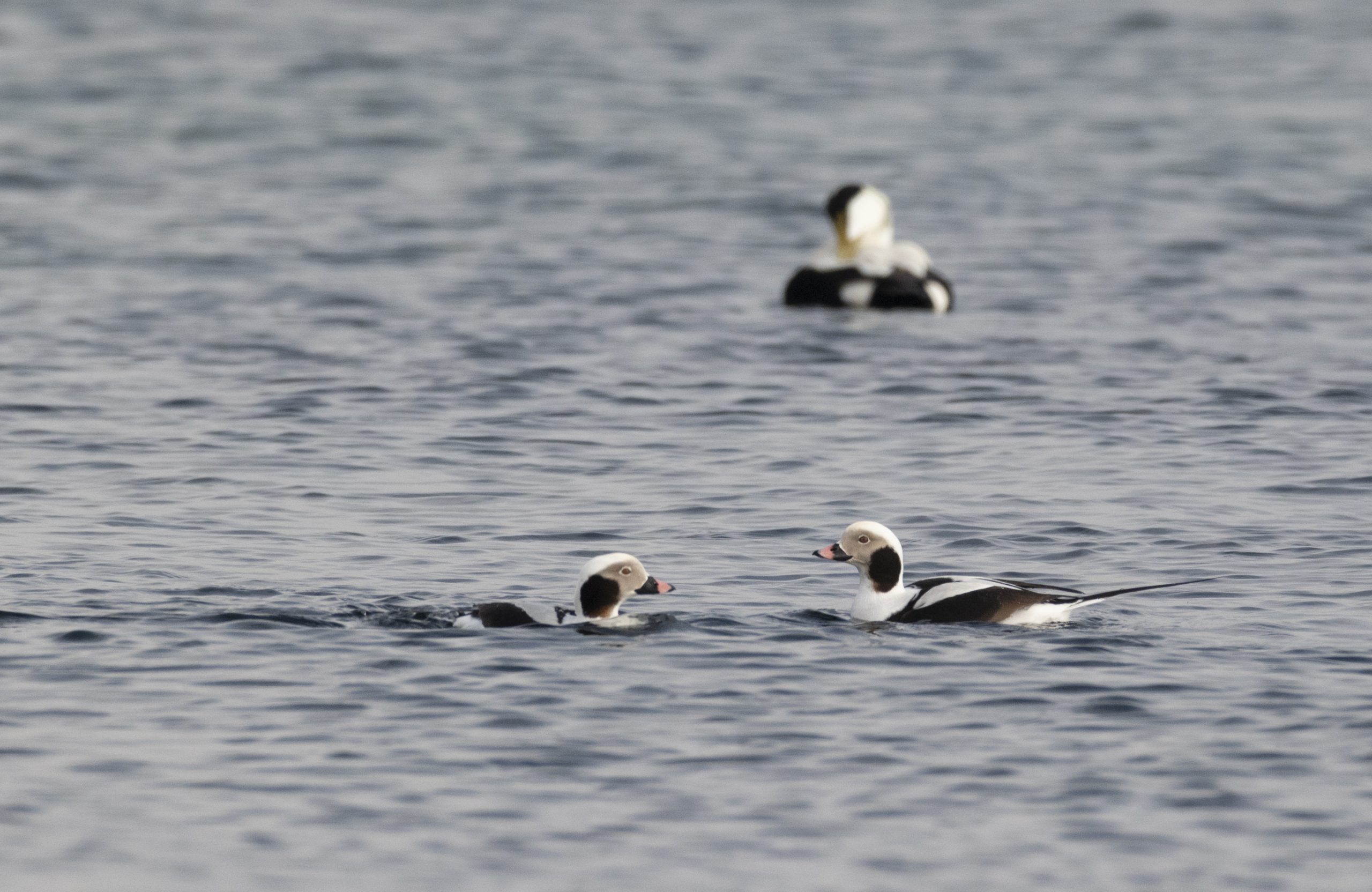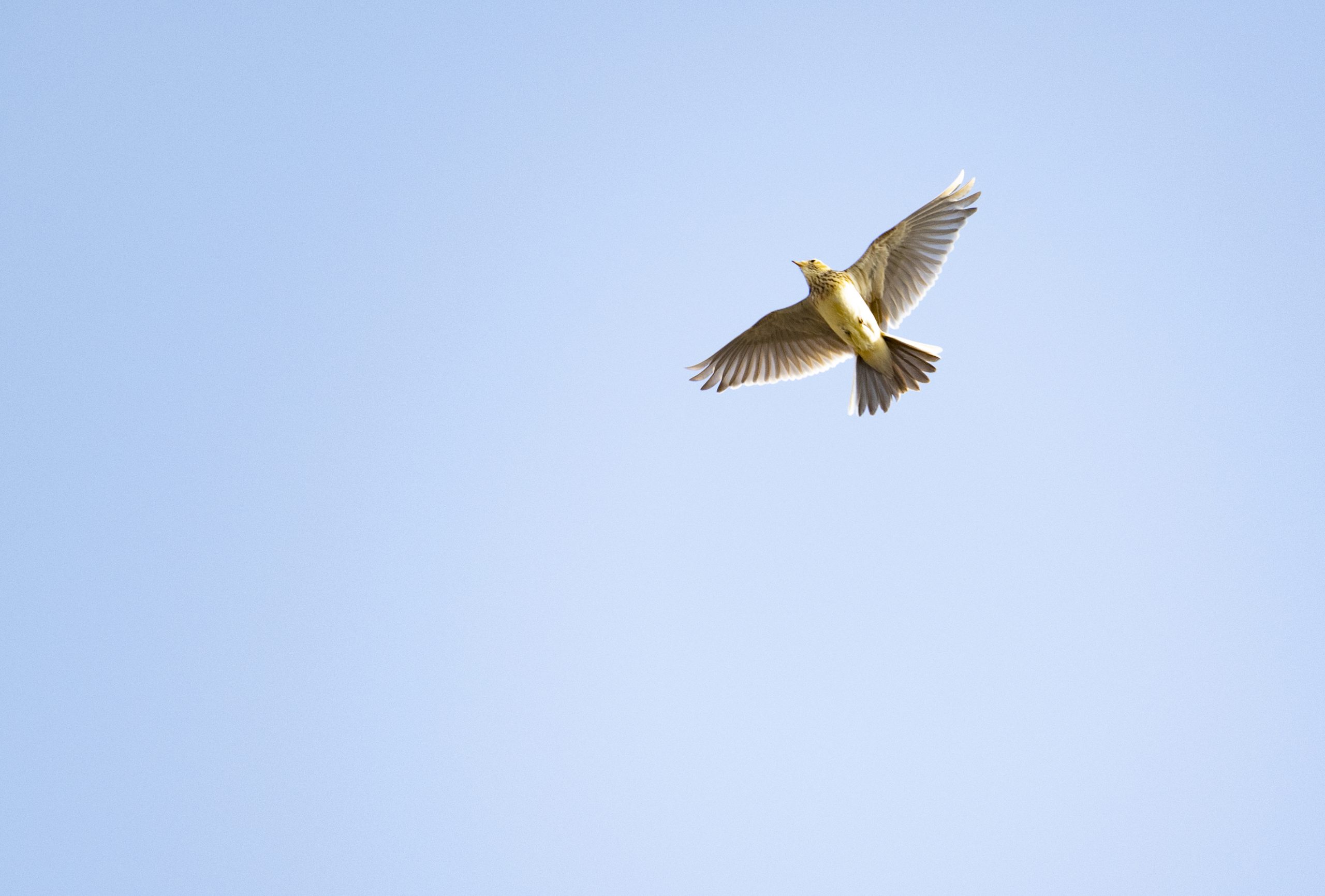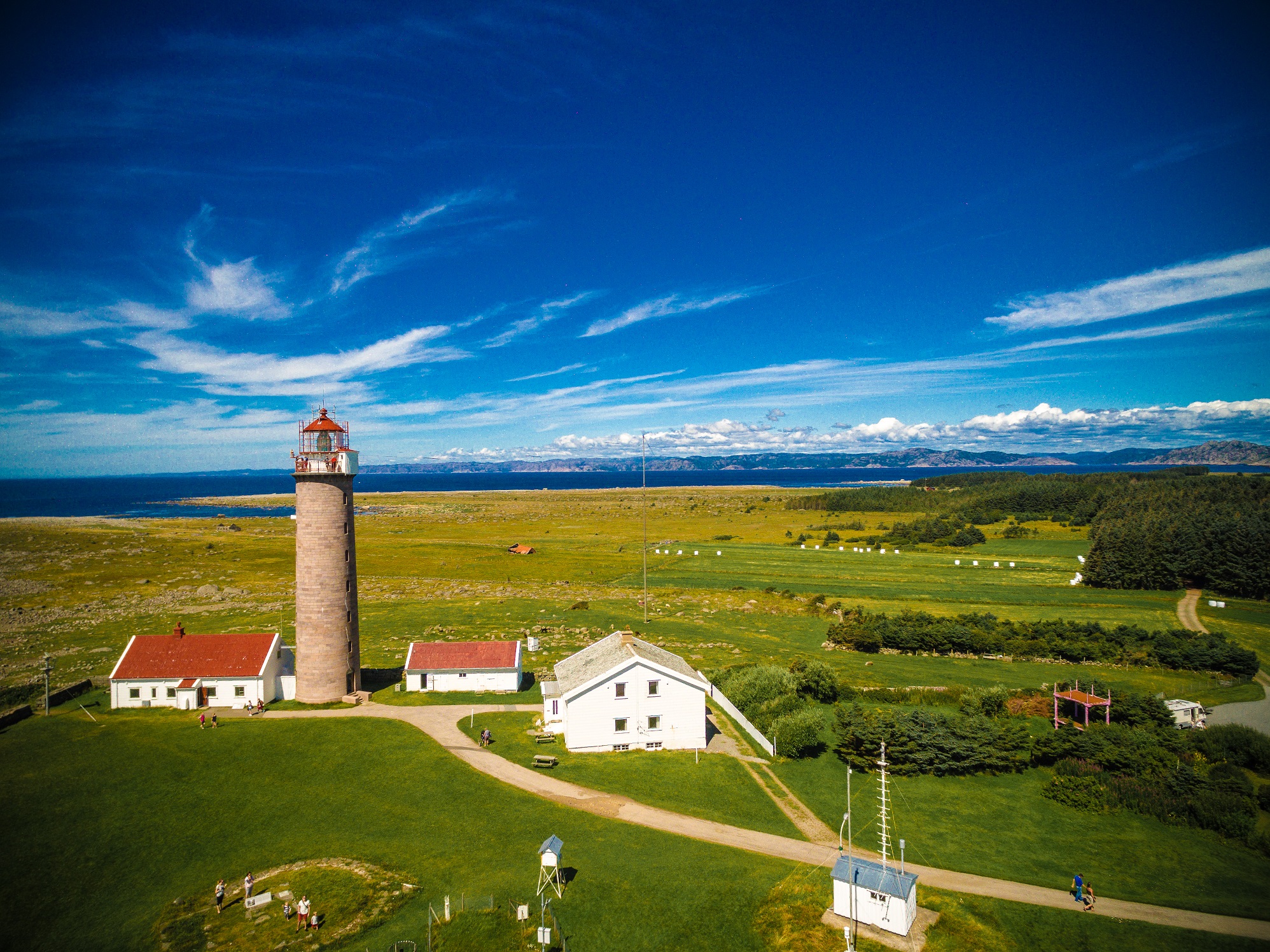By Peter Prokosch
The South-Norway’s Lista Landscape, famous for bird watchers and its unique geological features, was listed as an LT&C-Example because its wetlands and other types of landscape are protected due to dialogue processes involving different stakeholders facilitated by Farsund municipality. Today there are various discussions about the future development of the area. One quite dominating part of the landscape is the former NATO base and airport with one of Norway’s longest runways, now used just by a private company for small planes. Parts of the former military area have been turned into eco-farmland, where cattle are grazing peacefully between the former hangars where warplanes and possibly even atomic weapons were hidden (an ironic picture when thinking of the present Russian war in Ukraine).
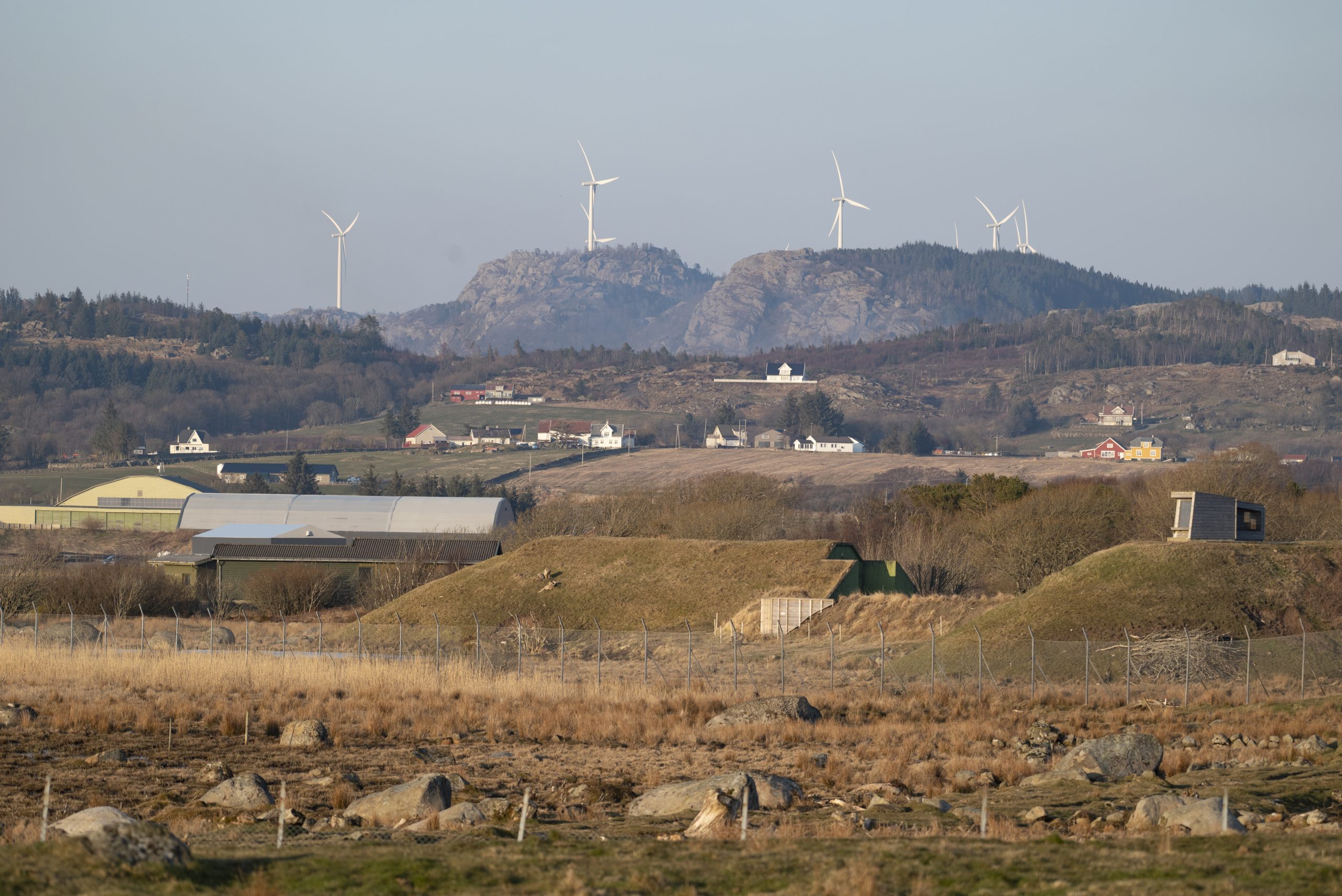
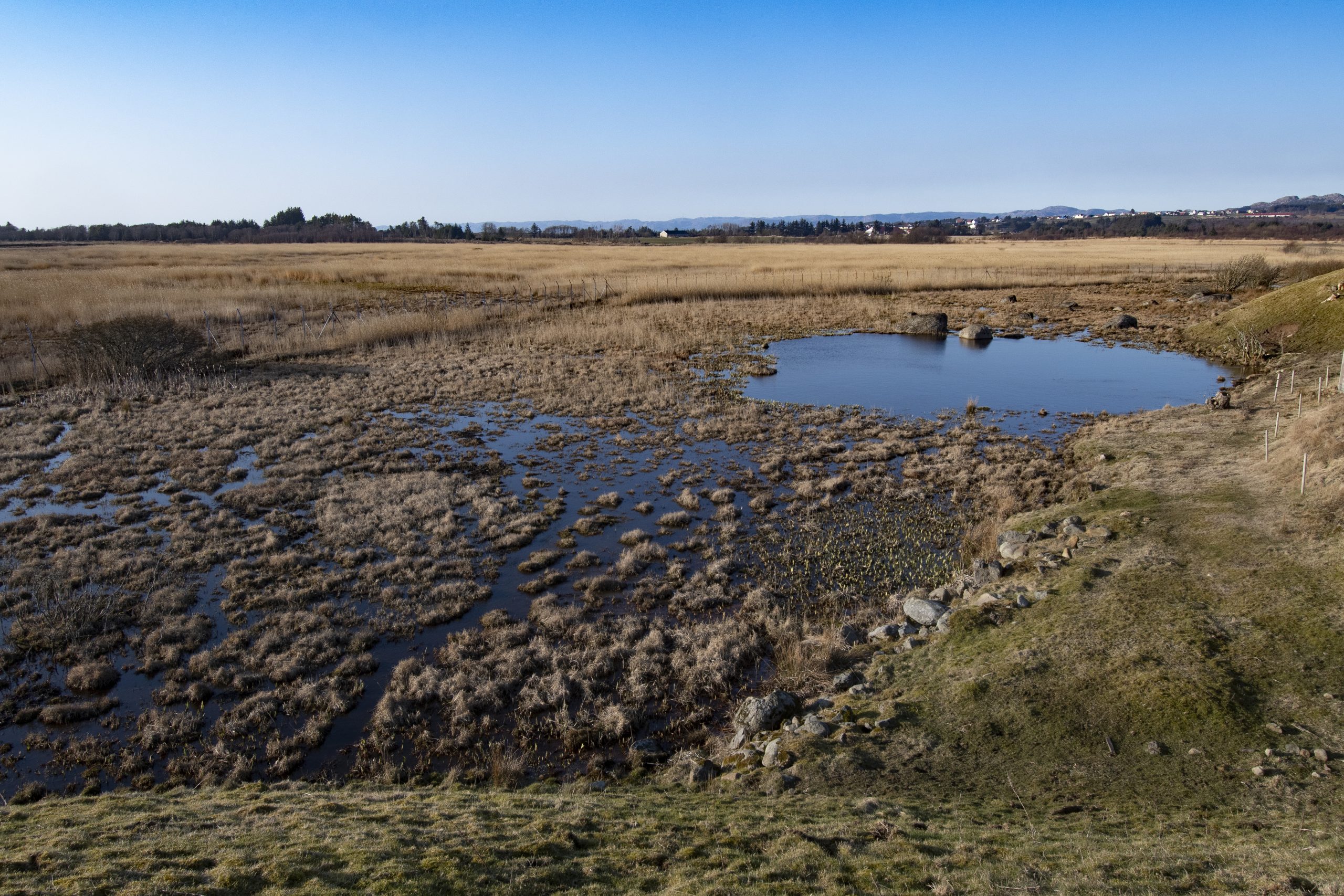
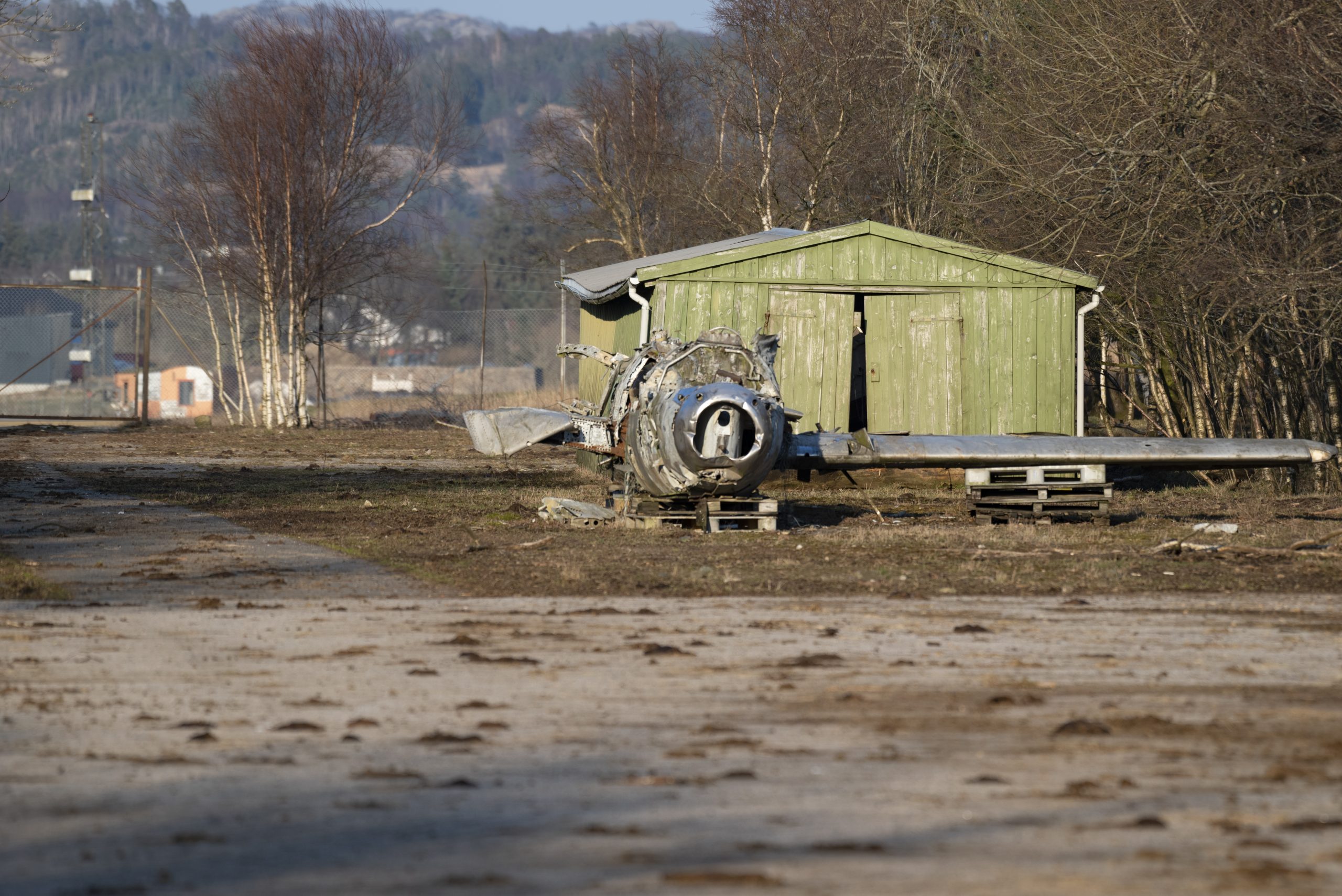
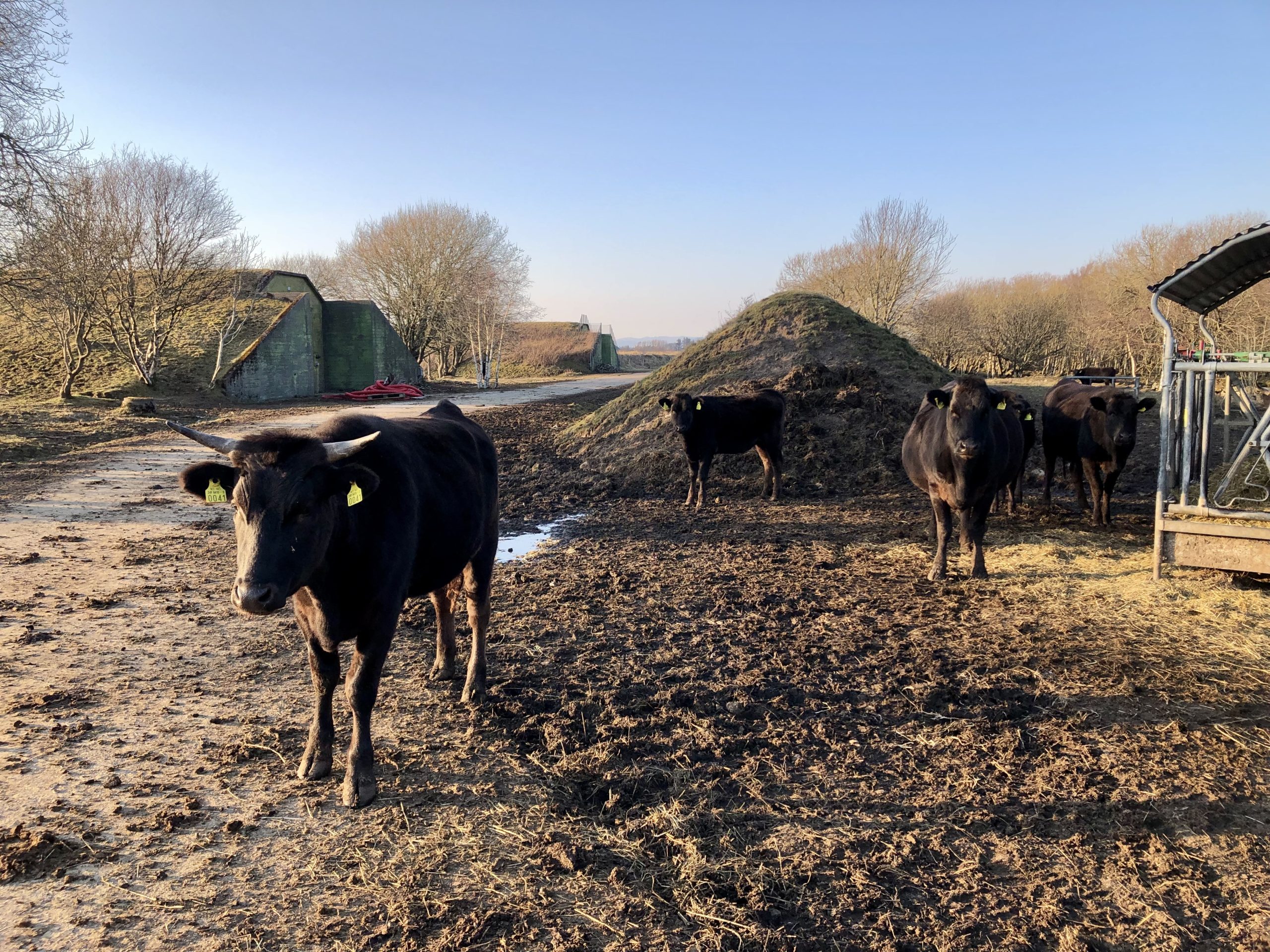
Present discussions and plans for developing the airport’s surroundings, including establishing a giant battery plant. However, implementing these plans should not go on the costs of valuable wetlands or agricultural land. In close neighbourhoods to the airport are important wetlands registered under the Ramsar Convention. Other controversies in the Lista region are related to different agriculture use versus nature management.
A relevant economic factor plays tourism, often related to birdwatching. Some of the owners of local guesthouses recently raised whether bird- and nature-based tourism could not be more actively developed. LT&C member Visitor Centre Wetland Lista, therefore, on March 21, invited to the Longhouse at Lista several representatives of the tourism sector to discuss this idea in more depth. In this context, speakers were invited by video who informed about the UNESCO Man and Biosphere (MAB) Programme. They learned about the first MAB area in Norway, the Nordhordland UNSECO Biosphere. And Olav Nord-Varhaug from the Norwegian Environment Agency and a member of the Norwegian MAB Committee explained the UNESCO Man and Biosphere Programme concept. Find his presentation here:
The main message about UNSECO Biospheres was that these are „learning areas for the Sustainable Development Goals„. Also, UNESCO calls them „Laboratories for the SDGs“. It is up to the local communities if they want to apply for a self-designed Biosphere at UNESCO by explaining which of the 17 SDGs should be their main aim to strive for. The final geographical result could be a zoned area, which includes core zones such as the present Ramsar Sites at Lista and zones where different use areas are integrated. Maybe this concept could become a new tool for integrating the various interests presently existing in the Lista region. It could be a way of solving conflicts and come again to a dialogue process for a final product, which benefits many in the area, not only those interested in bird watching or linking tourism and conservation.
